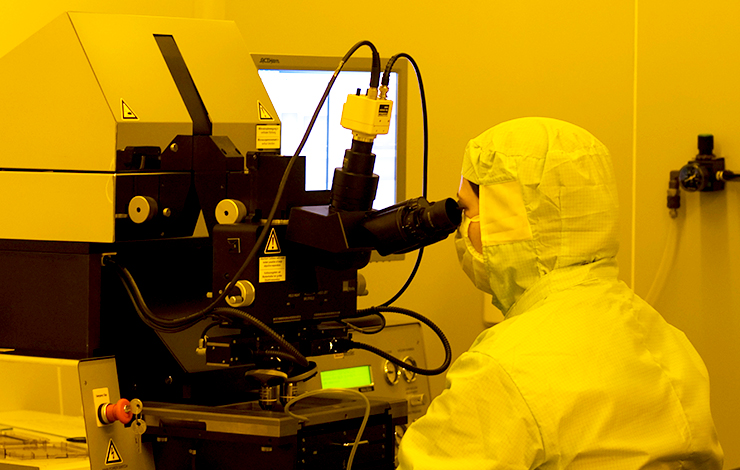Nineteenth century chrome yellow and chrome deep from Winsor & NewtonTM
| Title | Nineteenth century chrome yellow and chrome deep from Winsor & NewtonTM |
| Publication Type | Journal Article |
| Year of Publication | 2016 |
| Authors | Otero V a, Pinto JV b, Carlyle L a, Vilarigues M c, e Cotte M d, Melo MJ a |
| Journal | Studies in Conservation |
| Pagination | 1-27 |
| ISSN | 00393630 |
| Keywords | Chemical compositions, Chromates, Chrome yellow, Citrus fruits, Degradation process, Drying oils, Fourier transform infrared spectroscopy, FTIR, Lead, Lead chromate, Micro spectroscopy, Process Variation, Reconstruction (structural), Repair, Synchrotron radiation, Synchrotrons, Synthetic pathways, Tungsten, X ray absorption spectroscopy |
| Abstract | The Winsor & NewtonTM (W&N) nineteenth century archive database includes digitised images of hand-written instructions and workshop notes for the manufacture of their artists’ materials. For the first time, all 183 production records for yellow lead chromate pigments were studied and evaluated. They revealed that W&N produced essentially three pigment types: lemon/pale based on mixed crystals of lead chromate and lead sulphate [Pb(Cr,S)O4]; middle on pure monoclinic lead chromate [PbCrO4]; and deep that contains the latter admixed with basic lead chromate [Pb2CrO5]; accounting for 53, 22, and 21% of the production, respectively. Production records for primrose (4%) were also included since the formulation results in mixed crystals with a high percentage of lead sulphate, which, according to the literature, leaves it more prone to degradation. Each pigment type is characterised by only one or two main synthetic pathways; process variations reveal a systematic and thorough search for a high-quality durable product. A comparison of the chemical composition of pigment reconstructions with early W&N oil paint tubes showed that their records entitled ‘pale’ and ‘lemon’ correlated with the pigment in their tube labelled chrome yellow and, ‘middle’ and ‘deep’ with the label chrome deep. Lemon and middle pigment formulations were made into oil paints to assess their relative photo-stability. The degradation process was followed by colorimetry and was studied by synchrotron radiation-based techniques. Based on the X-ray absorption spectroscopy data, the possibility for creating a stability index for chrome yellows is discussed. © The International Institute for Conservation of Historic and Artistic Works 2016 |
| URL | https://www.scopus.com/inward/record.uri?eid=2-s2.0-84978539212&doi=10.1080%2f00393630.2015.1131478&partnerID=40&md5=def3595385b4dcea18e2b60a1698a914 |
| DOI | 10.1080/00393630.2015.1131478 |











